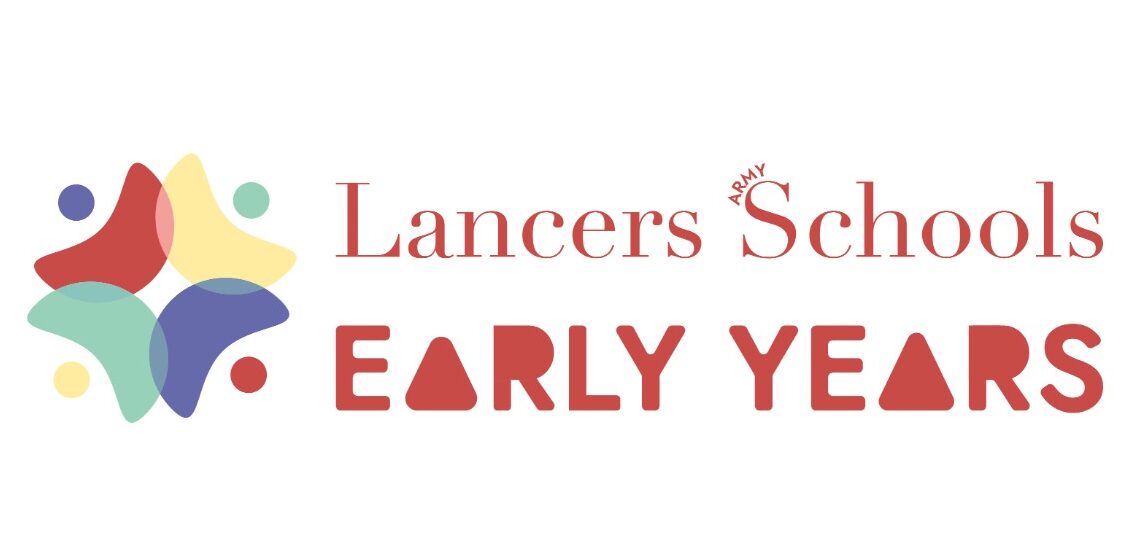
Storytelling is a powerful method that can transform preschool education in Gujarat by making learning engaging and enjoyable for young children. With colourful stories it is possible to inspire young minds of the educators and desire to learn becomes the priority. Narration makes language acquisition more complex, improves creativity, and problem-solving skills in children as they interact with the characters. It also fosters social relations and emotional development hence affording children with a balanced education that has both intellectual and emotional development.
What Techniques Make Storytelling Engaging for Young Learners?
Storytelling children is made easier through voices, different facial expressions and also vary in intonations. I consider these elements to be useful to grab children’s attention and make the story more engaging. Strategically placed questions are used throughout the story as a way of enhancing a kid’s comprehension and getting them to interact with the story. This makes them alert and increases their understanding, since they develop a sense of affiliation with the characters in the story.
Another highly efficient tactic is applying context clues, props, visuals, or puppets, with the purpose to enhance children’s creativity and make effective concepts more tangible for them. It is effective to use vivid graphics or character images, which leads to multiplying perception by means of sight and hearing. Frequent words or themes, important parts of the whole story, like echolalia, or songs, or nursery rhymes become familiar to young children to make them look forward to and be interested in the story or a particular tale.
What Role do Props and Visuals Play in Effective Storytelling?
Props and visuals play a significant role in compelling storytelling, especially in early childhood education, such as in the best pre-nursery schools in Surat. All these tangible components are a way of making the learning environment more realistic and effective especially for the young learners. For example, a puppet or a doll or the background that is relevant to the story can create a setting that will help children make mental pictures of what is being narrated to them.
In addition, the use of props and visuals in facilitating critical thinking and developing language in particular to preschool children cannot be overemphasised. As much as the children are directed to use the props during the storytelling process they have to ask questions and even give out their own opinions. Such an interaction not only encourages students to think, come up with new ideas and discuss with other students, but also develops their powers of expressing the ideas and interpretations in their own words.
What are the Key Benefits of Storytelling in Early Education?
Storytelling offers numerous benefits in early education, particularly in pre-primary schools Dumas Road. First, there is improvement of language skills as among the advantages that are associated with the ability. As children listen to stories they get to learn most of the new words, find out how new sentences are formed and learn different ways of expression. This exposure is very helpful in building their speaking and listening skills making a basis for good communication.
Besides language development, an essential stage in the child’s ‘emotional and social learning process is revealed to be storytelling. The narratives will teach children about empathy since they can relate themselves with the experiences of the character. It also fosters empathy to other people to understand their emotions and experiences in life. Moral lessons and cultural values are taught in most pres-schools along Dumas Road and it is always portrayed through storytelling to enable children make adequate sense out of the surroundings.
How can Storytelling Improve Vocabulary and Language Skills?
Storytelling is a powerful tool for enhancing vocabulary and language skills, particularly in top pre-primary schools. In listening to stories children acquire most of the dimensions of language such as range of vocabulary used, syntactic expansions, and style of expression. Such exposure exposes children to new words with which they have no prior knowledge and familiarises them with these new words in order to enable them understand what they are being exposed to and perhaps help them remember the new words for future use.
In addition, enthralment through the use of narratives is one of the critical components of cultivating the love for reading and learning to read among young children, especially among some of the best pre-school learning institutions. When children hear interesting stories to bring familiar language into their viewing or listening area, they are more likely to look at books on their own and thus extend their vocabularies. This affection for stories may result in enhancement of the learning motivation because children gain interest and fun in words and languages.
Frequently Asked Questions
Q1.What sets top pre-primary schools apart from the rest?
The best pre-primordial schools are known for their effective syllabus, competent teachers, well-rounded developmental programs, good natured teachers, creativity in their plans and efficient management of parent-teacher association, giving the children a sound background.
Q2.What is the structure of preschool education in Gujarat?
Organization of pre-school education in Gujarat has nursery, junior kindergarten (JK) and senior kindergarten (SK) that are based on the play, learning and development and learning to learn in preparation for primary education.
Q3.How do the top pre-nursery schools in Surat ensure a safe and nurturing environment for children?
The best pre-nursery schools in Surat ensure their students’ secure environment and competent staff, small number of children in classes, safety practice sessions and focus on the child’s emotional and social growth.

